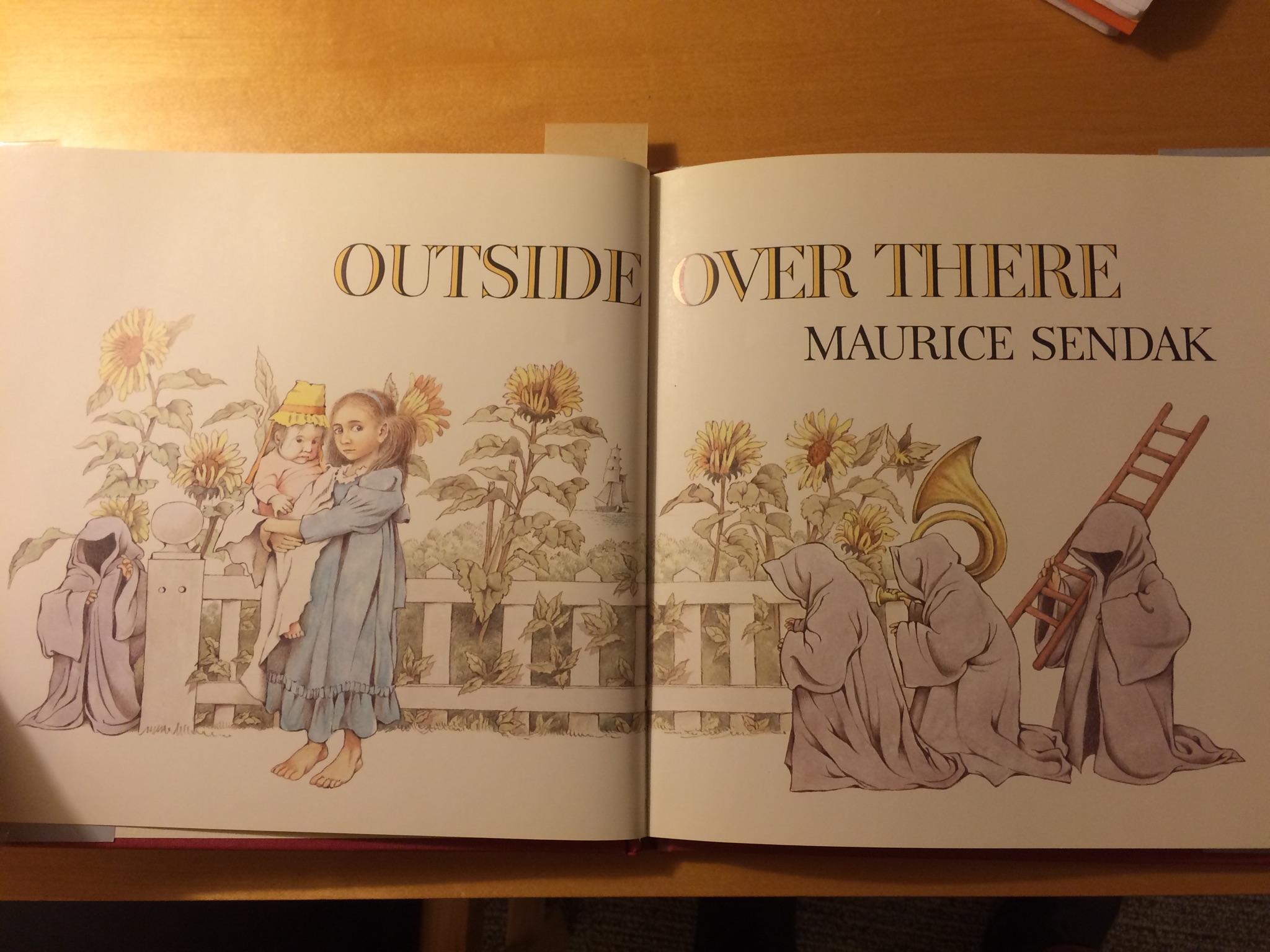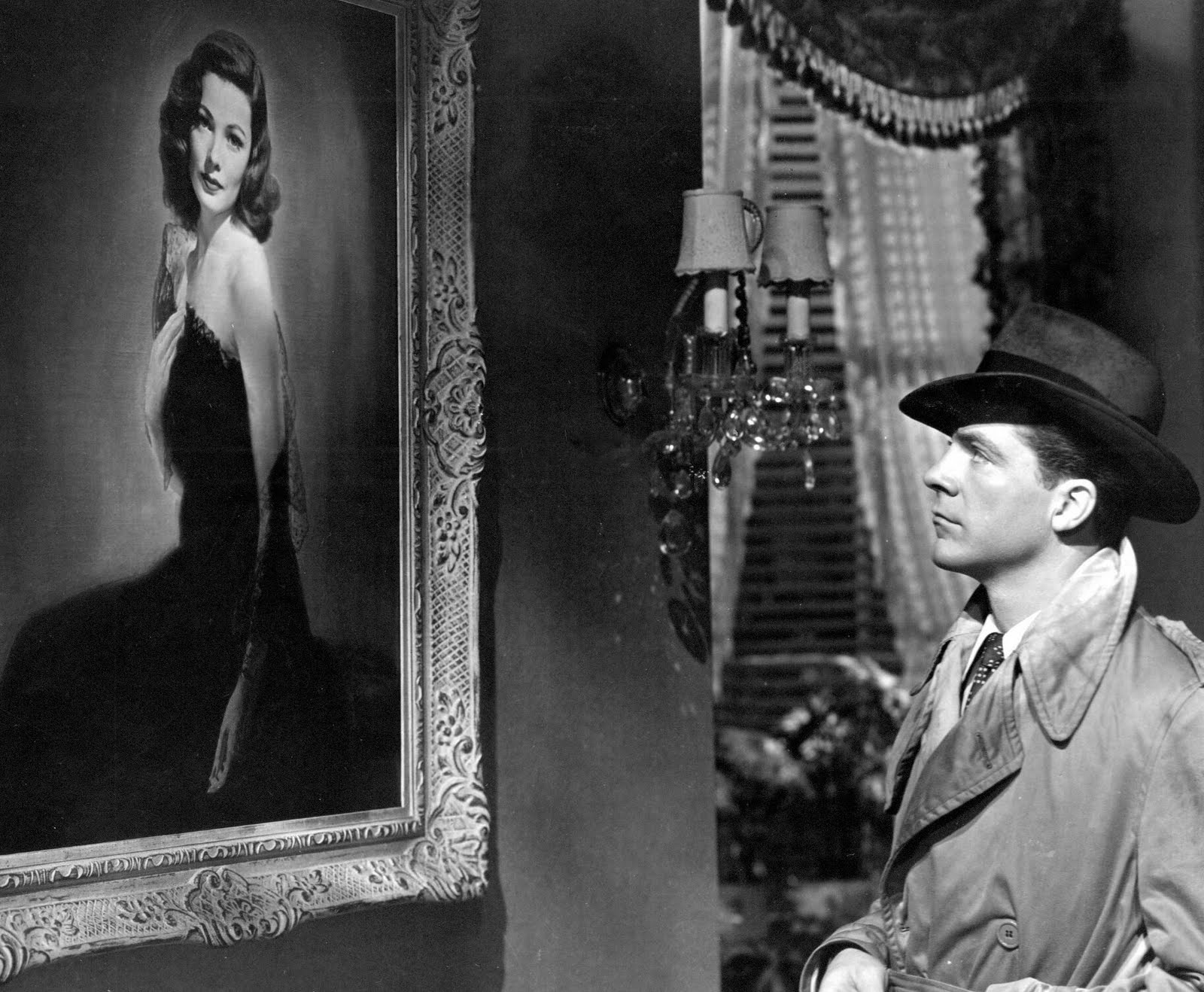At the end of Alice’s Adventures in Wonderland, Alice’s older sister imagines “how this same little sister of hers would, in the after-time, be herself a grown woman […] and how she would gather about her other little children, and make their eyes bright and eager with many a strange tale, perhaps even with the dream of Wonderland of long ago; and how she would feel with all their simple sorrows, and find a pleasure in all their simple joys” (Carroll 99, Norton 1992 Ed. Gray). Alice’s sister immediately thrusts her forward from childhood into womanhood, from an imaginative, experiential role to an informative, supporting one. Although initially problematic because it seems to sketch Alice’s future solely within the confines of motherhood, this image of Alice as a maternal figure subtly legitimizes her role as a female storyteller.
Alice’s experience in Wonderland is validated by its transmission to the next generation, whose gaze lies “bright and eager” on her tale. Through the socially accepted role of “mother,” Alice is able to use her imagination (which, despite her dream state, I would deem her female experience) to form new physical and emotional bonds within her society—to “gather about her” a group of children, and to “feel” their sorrows and joys, perhaps even giving them advice. Her role as mother empowers her to retain her dream-world in a way that other adults cannot, and to spread the lessons that she learned and the experiences that she had there to the next generation.
In “Goblin Market,” Christina Rossetti similarly paints the two sisters transitioning from an experiential otherworldly danger to the safe, idealized realm of domesticity. Although their story is more explicitly didactic than Alice’s tale, it still retains the thrilling, imaginatively provocative elements of “the haunted glen,” “the wicked […] men,” “poison in the blood,” “deadly peril,” and “the fiery antidote” (Rossetti 488). That they have access to the experience with which to tell such a tale positions Lizzie and Laura as authoritative storytellers. Furthermore, the moral of their tale, like the end of Alice’s sister’s imaginings, includes connective imagery—with their story, they “[join] hands to little hands […and] bid them cling together,” thus aligning the emotional bond and mutual reliance of sisterhood with the physical bond of clasped hands (Rossetti 488). Like Alice, the sisters bring about structural social change in the next generation by telling their story. This depiction empowers them in their role as female storytellers, underlining their experiential authority—but it does so by first legitimizing them as mothers.

